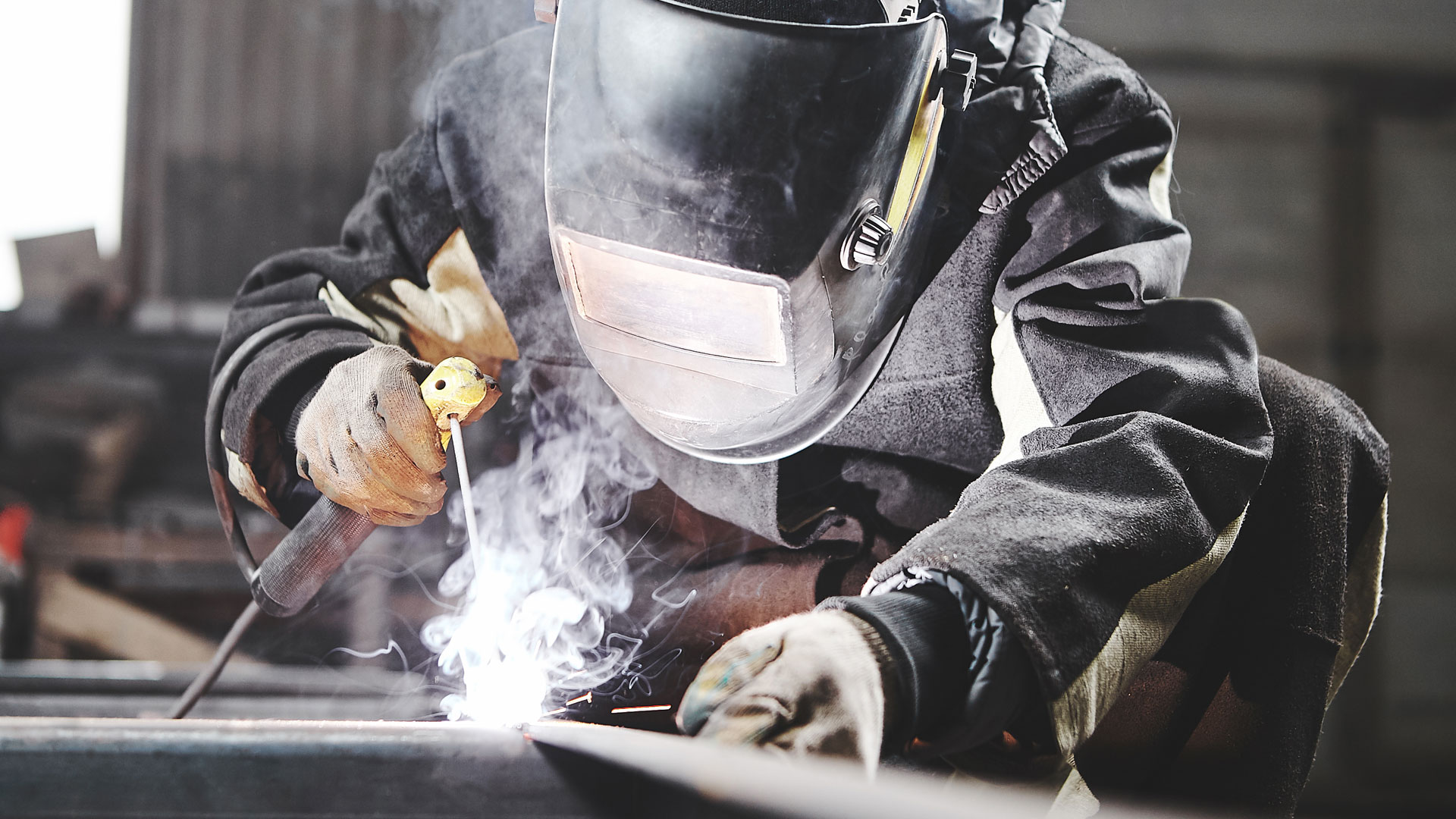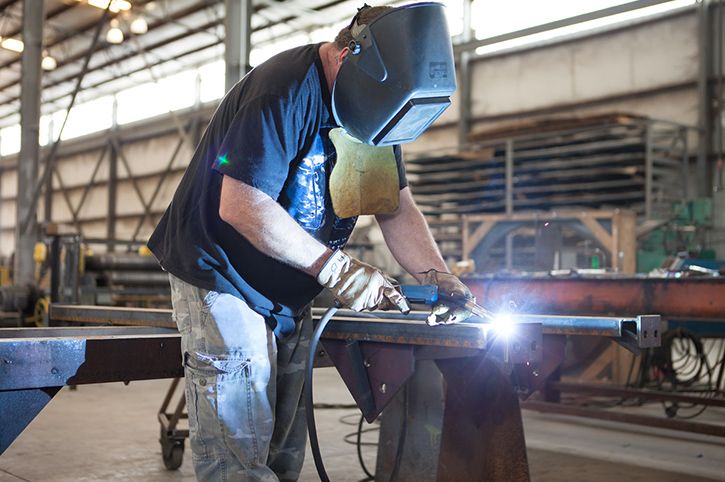The Ultimate Guide to Welding WPS Procedures: A Comprehensive Introduction for Welders
In the complex world of welding, Welding Procedure Specifications (WPS) serve as the backbone of guaranteeing high quality, uniformity, and security in welding operations (welding WPS). As we dig into the numerous components of a WPS and discover the details of credentials and accreditation, we will uncover the important role these procedures play in the realm of welding.
Importance of WPS Procedures
Understanding the importance of Welding Treatment Specs (WPS) procedures is essential for making sure the quality and integrity of bonded frameworks. WPS treatments function as a roadmap for welders, detailing the required actions, criteria, and materials required to attain an audio weld. By sticking to WPS standards, welders can make certain consistency in their job, bring about structurally audio and reliable welds.
Among the main reasons that WPS procedures are important is their role in keeping weld high quality and stability. Adhering to the specified welding parameters and methods outlined in the WPS aids prevent issues such as porosity, splitting, or incomplete blend, which can jeopardize the toughness and toughness of the weld. Furthermore, WPS treatments are vital for guaranteeing compliance with sector requirements and codes. By adhering to recognized WPS standards, welders can demonstrate that their work meets the essential demands for safety and security and high quality, giving guarantee to clients, examiners, and governing bodies. Essentially, the importance of WPS treatments can not be overemphasized, as they are fundamental to accomplishing constant, high-quality welds that satisfy sector standards and requirements.

Components of a WPS
A Welding Treatment Specification (WPS) commonly consists of crucial elements that information the details needs for carrying out a weld, guaranteeing consistency and top quality in the welding procedure. The essential elements of a WPS consist of crucial variables such as base steels, filler metals, interpass and preheat temperatures, welding procedures, shielding gases, welding placements, and post-weld heat therapy demands.
Base metals describe the products being joined, while filler steels are used to fill up the void between the base metals throughout welding. Preheat and interpass temperature levels are important for regulating the heat input and preventing problems like breaking or distortion. The welding process details the particular strategy to be used, whether it's gas metal arc welding (GMAW), secured steel arc welding (SMAW), or one more technique. Shielding gases shield the weld pool from climatic contamination. Welding positions define the positionings in which welding can be executed. Post-weld warm therapy may be needed to alleviate stress and anxieties and improve the weld's residential or commercial properties. A detailed understanding of these components is critical for producing a reliable and comprehensive WPS.

Qualification and Accreditation
Having developed the essential elements of a Welding Procedure Requirements (WPS), the focus now changes towards the vital elements of credentials and qualification in welding practices.

Qualification, on the other hand, is the formal acknowledgment of a welder's qualifications by an appropriate certification body or company. Welding qualifications are typically based on the certain welding procedures, products, and settings a welder is certified to work with. Holding a valid welding accreditation demonstrates that a welder satisfies sector standards and is proficient to perform welding tasks to the called for specifications.
Developing a WPS
To develop a Welding Procedure Requirements (WPS) that meets industry criteria, careful factor to consider of welding procedures, products, and operational specifications is crucial (welding WPS). The first action in creating a WPS is to recognize the welding procedure to be used, such as gas metal arc welding (GMAW) or secured metal arc welding (SMAW) Once the welding process is established, the next important element is picking the suitable materials, thinking about factors like base steel type, thickness, and joint layout. Functional specifications such as welding current, voltage, traveling speed, and securing gas structure must likewise be carefully specified in the WPS.

Implementing and Monitoring WPS
Upon finalizing the comprehensive Welding Procedure Requirements (WPS) that carefully information welding processes, products, functional parameters, and top quality guarantee steps, the focus moves to properly executing and keeping track of the recognized treatments. Implementation involves ensuring that all welders involved in the job know with the WPS and follow it thoroughly throughout the welding process. This needs offering sufficient training and guidance to assure adherence to the defined treatments. Keeping track of the WPS includes continual oversight to validate that welding tasks straighten with the recorded specs. Evaluations, testing, and quality assurance measures are vital elements of the surveillance process to straight from the source determine any deviations or problems quickly. Normal audits and evaluations of the welding procedures help in keeping uniformity and quality throughout the project. Effective implementation and tracking of the WPS are essential for guaranteeing the honesty, stamina, and safety of the bonded joints, eventually adding to the general success of the welding project.
Verdict
Finally, understanding and complying with Welding Treatment Requirements (WPS) is vital for welders to ensure quality, uniformity, and safety and security in their work. By knowing the elements of a WPS, obtaining appropriate qualifications and qualifications, creating detailed procedures, and carrying out and checking them properly, welders can boost their skills and effectiveness in welding techniques. Complying with WPS treatments is essential for creating high-quality welds and conference sector standards.
In the detailed globe of welding, Welding Treatment Specs (WPS) offer as the backbone of making sure high quality, consistency, and safety in welding operations. The welding procedure lays out the details technique to be used, whether it's gas steel navigate to these guys arc welding (GMAW), protected steel arc welding (SMAW), or an additional technique.To develop a Welding Procedure Requirements (WPS) that fulfills market requirements, cautious factor to consider of welding procedures, products, and functional criteria is crucial. The initial action in creating a WPS is to identify the welding process to be utilized, such as gas metal arc welding (GMAW) or protected steel arc welding (SMAW)Upon wrapping up the extensive Welding Procedure Specification (WPS) that diligently details welding processes, materials, functional parameters, and high quality guarantee measures, the focus shifts to effectively executing and keeping track of the well established treatments.
Comments on “Just how to Create a Reliable Welding WPS: Tips and Finest Practices”